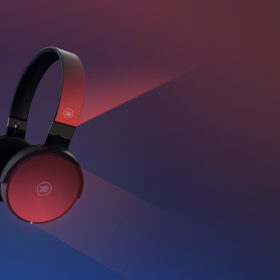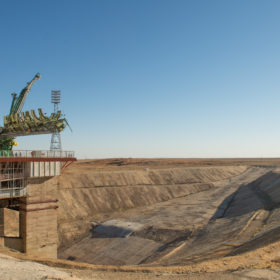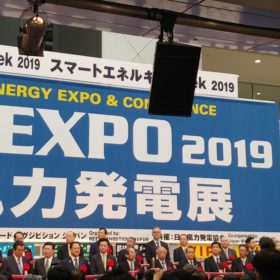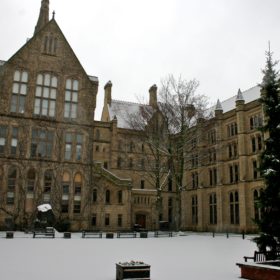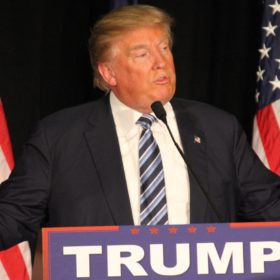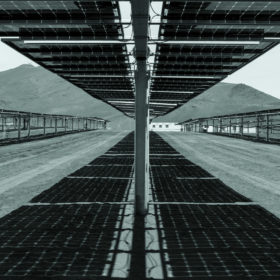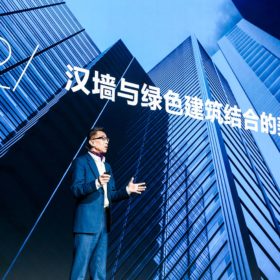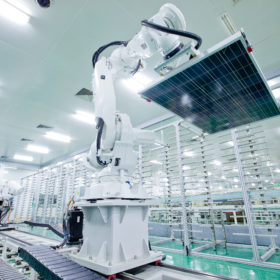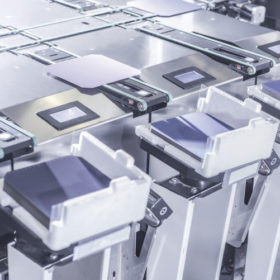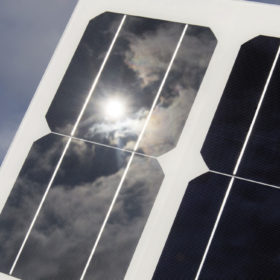Softbank to invest $10 million in device-integrated solar specialist Exeger
SB Energy Corp, a subsidiary of Japanese multinational Softbank, has announced a strategic partnership with Swedish company Exeger, which produces dye sensitized solar cells designed for integration into consumer electronic devices. Under the terms of the agreement, Softbank Group will invest $10 million in Exeger, with SB Energy Corp set to assist global rollout of the technology.
ADB provides $11.5 million for 50 MW PV project in Kazakhstan
The Asian Development Bank has signed an agreement to finance a project in the south of the central Asian nation.
Smart Energy Week in Tokyo: Self-consumption, storage and a plentiful pipeline for now
Though we’re unlikely to see a return to the days of double-figure GW annual installation levels, Japan will stay at the top table of solar. Last week, pv magazine visited PV Expo Japan, part of Tokyo’s World Smart Energy Week, and found plenty of market developments to discuss, along with healthy interest from major players.
Flying the – 4 milliwatt – flag for piezo/solar renewables
Scientists at the U.K.’s University of Manchester have developed a flag which can harvest solar and wind energy while hoisted. The banner, say the researchers, can generate up to 4 mW of energy, and could be used to power remote sensors or small electronic devices.
REC Silicon to suspend production at Moses Lake poly factory
Norway-headquartered REC Silicon has revealed plans to halt operations at its Moses Lake facility in the U.S. in 17 days’ time. The company says it has taken the decision to maintain liquidity for its semiconductor business with American workers set to pay the price for President Trump’s trade war with China.
Understanding bifacial boost
Belgian research institute imec has developed a new simulation framework it says can calculate the expected output of a bifacial PV system. The model could help improve developer understanding of the best system configurations for bifacial, and foster confidence among investors by providing a precise prediction of energy yields.
‘China’s most efficient’: Hanergy hits 24.34% efficiency on HJT cell
Chinese PV manufacturer Hanergy Thin Film Power Group today announced it has achieved 24.23% cell efficiency using its silicon heterojunction technology. The efficiency has been confirmed by Japan’s Electrical Safety & Environment Technology Laboratories.
Taking the heat: Jinko cells put through their paces under new LeTID test
Chinese solar giant JinkoSolar says it has put its products through a new set of standards testing for light-elevated temperature induced degradation, with the new examination regime set to be adopted as an industry standard.
French researchers produce 348 W half-cell HJT module
Scientists at France’s Alternative Energies and Atomic Energy Commission, working with Swiss equipment supplier Meyer Burger, have hit 23.9% efficiency in large-scale production of heterojunction cells. The team also combined HJT cells with other technologies to produce a module with a 348 W power rating.
The weekend read: Reflections on a soiled module
Having quickly proven their performance-boosting potential and durability, anti-reflective coatings are now found on the majority of modules rolling off the world’s production lines. Today, coating suppliers are looking to tackle losses from soiling as well as reflection, and working to keep up with cost reductions and extended lifetime expectations at module level. Older modules, installed without a coating, could also be set to benefit from the latest innovations.

